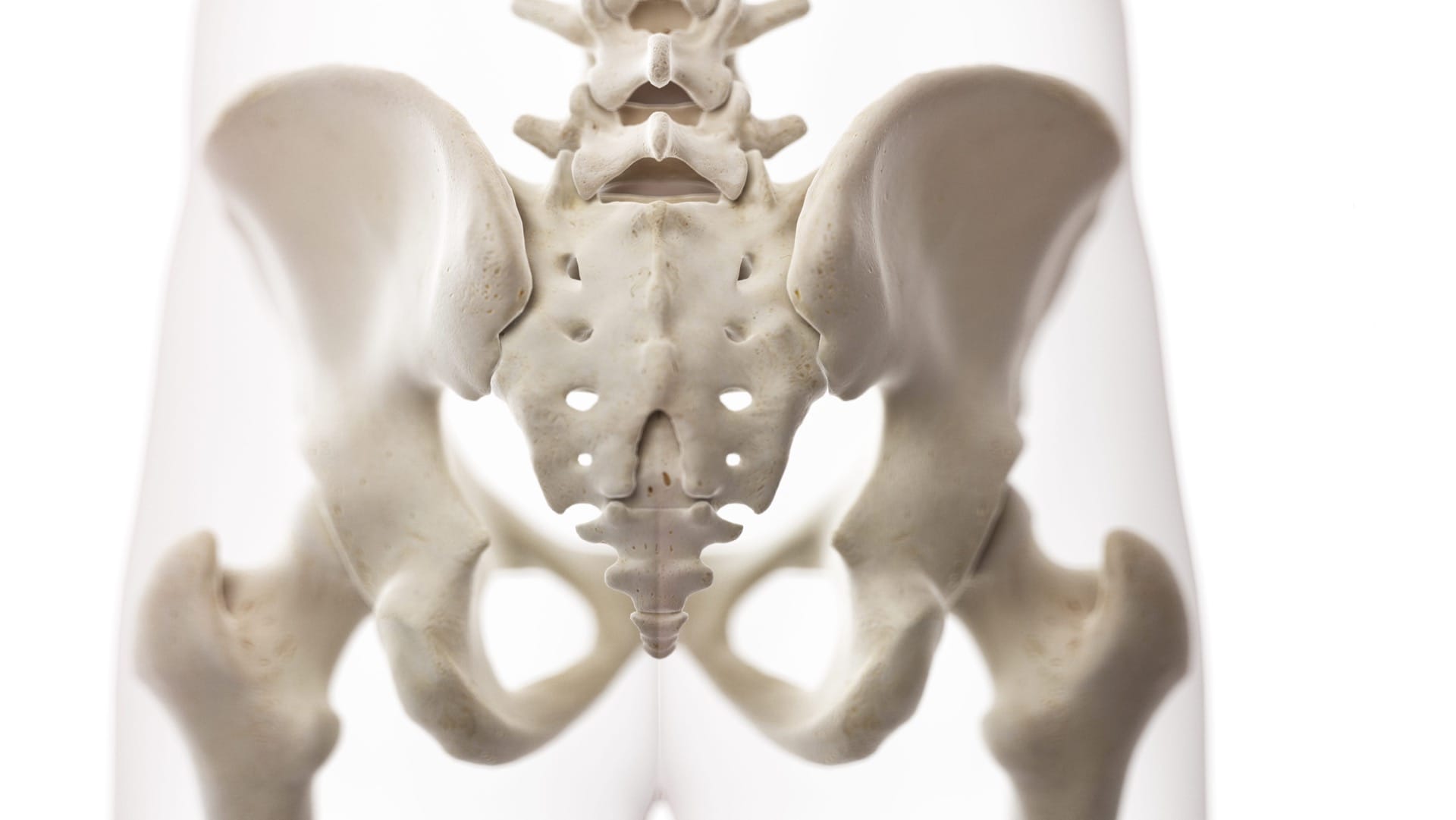The spine is a complicated collection of bones, nerves, muscles, and soft tissues that comprises five distinct segments: cervical, thoracic, and lumbar, as well as the sacrum and coccyx bones. Damage to any of these five sections can cause serious, chronic pain to different parts of the body and can be debilitating if left untreated. Medical professionals prefer to take a conservative approach to manage back pain, which begins with physical therapy and/or medication. But if these avenues fail, then they may begin looking to invasive surgery as a solution.
Many people want to avoid invasive surgery for as long as possible due to the extended recovery time and increased risks of things like infection and nerve damage. Fortunately, there are a number of non-surgical options that can help sufferers alleviate this pain.
One such option is sacroiliac injections, which are focused on alleviating pain at the bottom of the spine where the sacroiliac joint connects with the pelvis. Conditions like arthritis or trauma to the lower back or pelvis can damage the joint and its cartilage, which can lead to serious pain in the pelvis. This injection can provide immediate and lasting relief to those who have not found success with medication or therapy.

What Is a Sacroiliac Injection?
A sacroiliac injection is intended to both reduce pain and inflammation at once. Oftentimes, back pain is the direct result of pressure to the nerves, from either inflammation or trauma to the bones in the spine. This injection will help alleviate these issues with the use of corticosteroids that both reduce and prevent inflammation.
Suppose a sacroiliac injection is unsuccessful in treating your pain. In that case, your doctor will be able to determine fairly quickly that your pain is not related to pressure on these nerves that can be treated with corticosteroids, and they will be able to move on to different options.
Recovering From a Sacroiliac Injection
Since this is a non-invasive procedure that does not involve incisions, removing, or adding anything, the recovery from this injection is much faster than surgery. Many people report soreness around the injection site for a day or two after the procedure and experience immediate improvement in their back pain. Patients are advised to not drive for the rest of the day, so a plan to get a ride to and from the procedure is recommended.
Sacroiliac Injection Safety
Sacroiliac injections are typically very safe, but as with any injection or treatment, there are risks that you will need to account for before going through the treatment. Although low, there is a risk of infection, allergic reaction, blood loss, or nerve damage. Working with an experienced doctor can help reduce these risks so that you can remain focused on recovery and living a pain-free life without dealing with complications. You can find such a doctor in your area by calling CarAccidentAttorney.com. CarAccidentAttorney.com is an attorney and medical referral service that can connect you with an experienced and certified professional in your area.